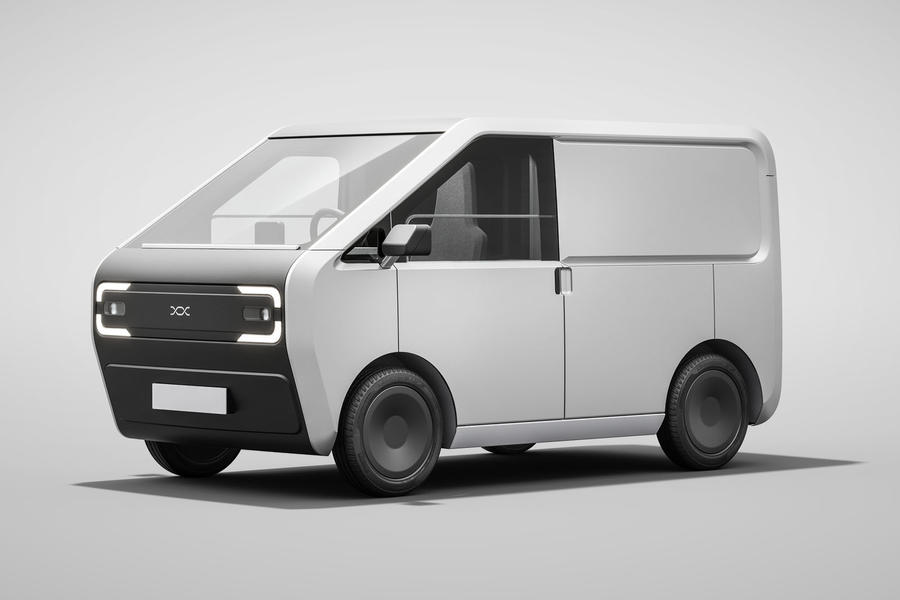To ensure consistency in the quality of the vehicles potentially built all over the world, Helixx plans to use a software framework that it’s developing with technology giant Siemens. This utilises a ‘digital twin’ – a virtual model of the vehicle – with cameras, sensors and special processes on the factory floor to ensure that each step has been completed correctly.
“We can do all of that here through the UK mission control, » explained Pegg. « If we’ve got a network of factories and one has an error, we can then look at those and what’s happening as if it’s in the room next door. »
This means factory staff don’t need to be trained extensively in how to produce the Helixx vans, they “just follow a set of processes, they click a red thumbs-down button or a green thumbs-up button, and the process continues from that”.
By leasing its vehicles to fleets through a subscription model, Helixx can also take full control of what happens to a vehicle at the end of its life.
Pegg said: “There’s a lot of talk about circularity and ‘end of life’ and ‘second life’ in a lot of products, not just automotive. But the fundamental problem with that is as soon as you sell it to somebody, the problem isn’t yours any longer and you’re kind of hoping that the consumer is going to be responsible enough to [recycle].











